François Duport
Online Training of an Opto-Electronic Reservoir Computer Applied to Real-Time Channel Equalisation
Oct 20, 2016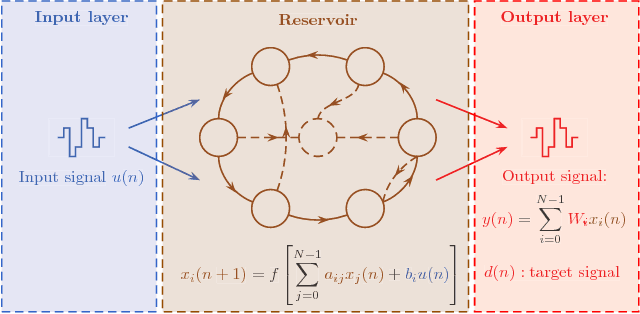
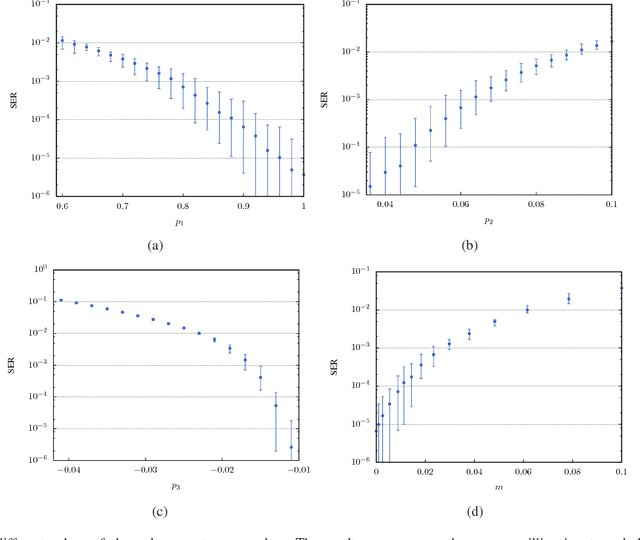
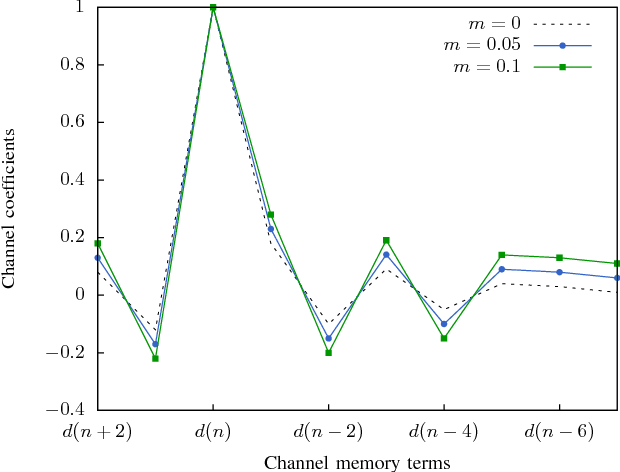
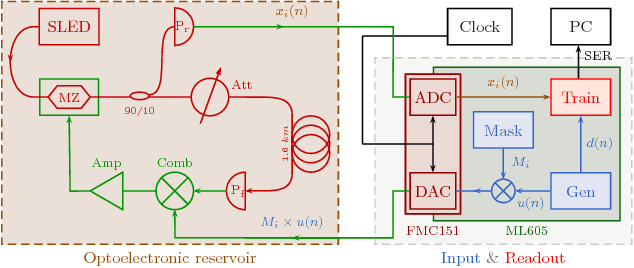
Abstract:Reservoir Computing is a bio-inspired computing paradigm for processing time dependent signals. The performance of its analogue implementation are comparable to other state of the art algorithms for tasks such as speech recognition or chaotic time series prediction, but these are often constrained by the offline training methods commonly employed. Here we investigated the online learning approach by training an opto-electronic reservoir computer using a simple gradient descent algorithm, programmed on an FPGA chip. Our system was applied to wireless communications, a quickly growing domain with an increasing demand for fast analogue devices to equalise the nonlinear distorted channels. We report error rates up to two orders of magnitude lower than previous implementations on this task. We show that our system is particularly well-suited for realistic channel equalisation by testing it on a drifting and a switching channels and obtaining good performances
* 13 pages, 10 figures
Analog readout for optical reservoir computers
Sep 14, 2012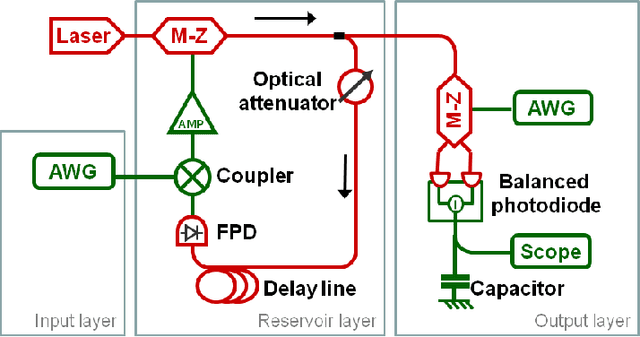


Abstract:Reservoir computing is a new, powerful and flexible machine learning technique that is easily implemented in hardware. Recently, by using a time-multiplexed architecture, hardware reservoir computers have reached performance comparable to digital implementations. Operating speeds allowing for real time information operation have been reached using optoelectronic systems. At present the main performance bottleneck is the readout layer which uses slow, digital postprocessing. We have designed an analog readout suitable for time-multiplexed optoelectronic reservoir computers, capable of working in real time. The readout has been built and tested experimentally on a standard benchmark task. Its performance is better than non-reservoir methods, with ample room for further improvement. The present work thereby overcomes one of the major limitations for the future development of hardware reservoir computers.
* to appear in NIPS 2012
Optoelectronic Reservoir Computing
Nov 30, 2011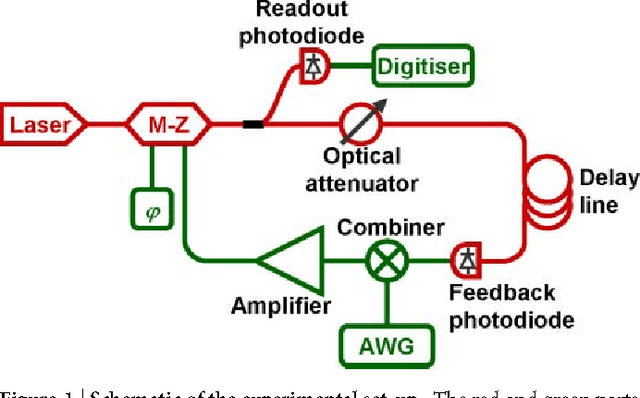
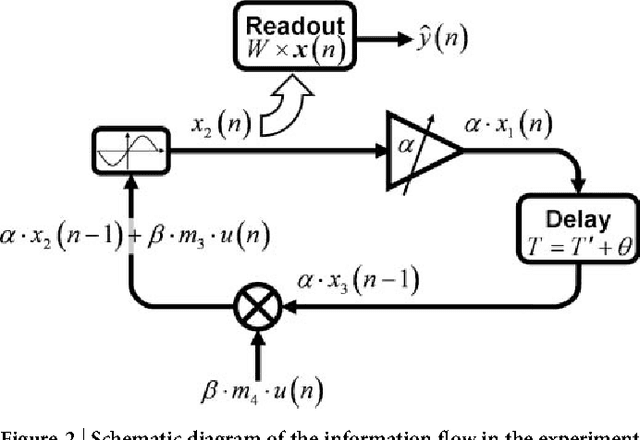
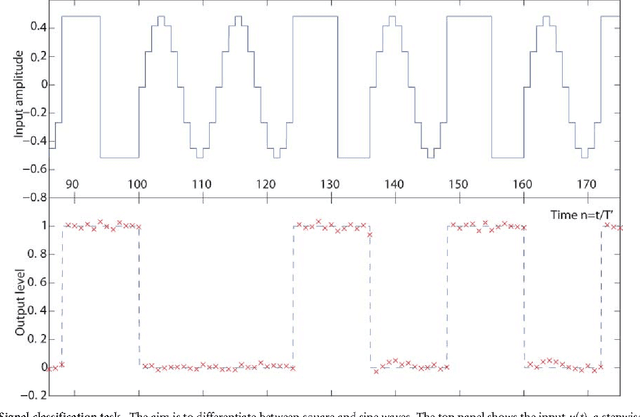
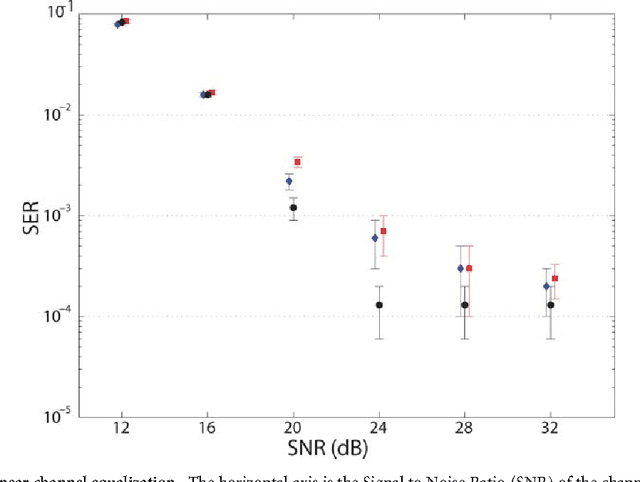
Abstract:Reservoir computing is a recently introduced, highly efficient bio-inspired approach for processing time dependent data. The basic scheme of reservoir computing consists of a non linear recurrent dynamical system coupled to a single input layer and a single output layer. Within these constraints many implementations are possible. Here we report an opto-electronic implementation of reservoir computing based on a recently proposed architecture consisting of a single non linear node and a delay line. Our implementation is sufficiently fast for real time information processing. We illustrate its performance on tasks of practical importance such as nonlinear channel equalization and speech recognition, and obtain results comparable to state of the art digital implementations.
* Contains main paper and two Supplementary Materials
 Add to Chrome
Add to Chrome Add to Firefox
Add to Firefox Add to Edge
Add to Edge